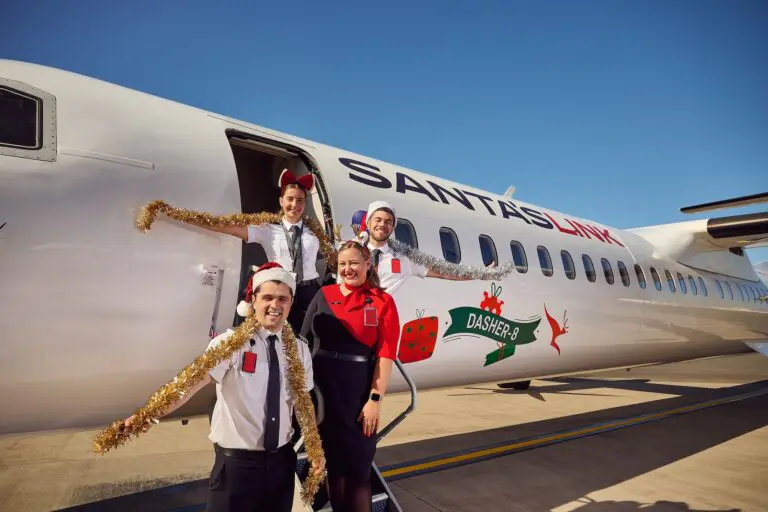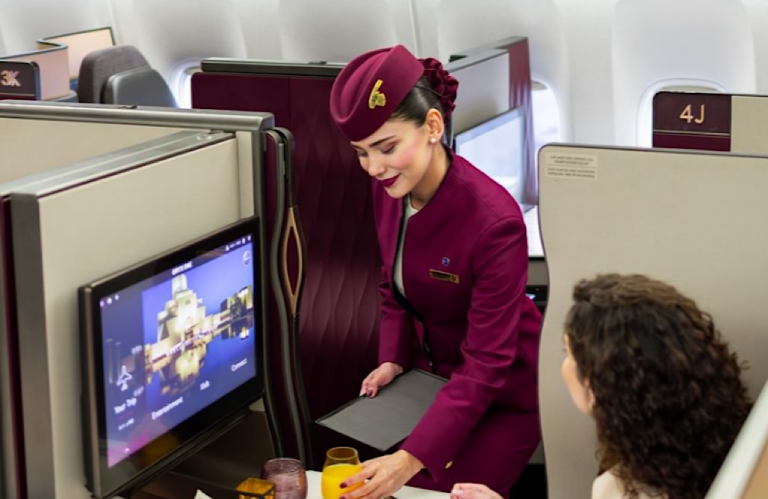Emirates has pulled back the curtain on its A350 cabin design for the first time, revealing new product details during the aircraft’s debut at the 2025 Paris Air Show.
While most Australian travellers won’t be boarding one just yet, the airline confirmed that 10 of the aircraft will enter service before the end of March 2025, with more than 30 scheduled to join the fleet by early 2026.
What’s new inside the Emirates A350
The A350s will be fitted with three cabin classes: Business Class, Premium Economy and Economy Class. There will be no First Class on board these aircraft.
Each aircraft will feature:
- 32 Business Class seats in a 1-2-1 layout with sliding privacy doors and direct aisle access
- 21 Premium Economy seats
- 259 Economy Class seats
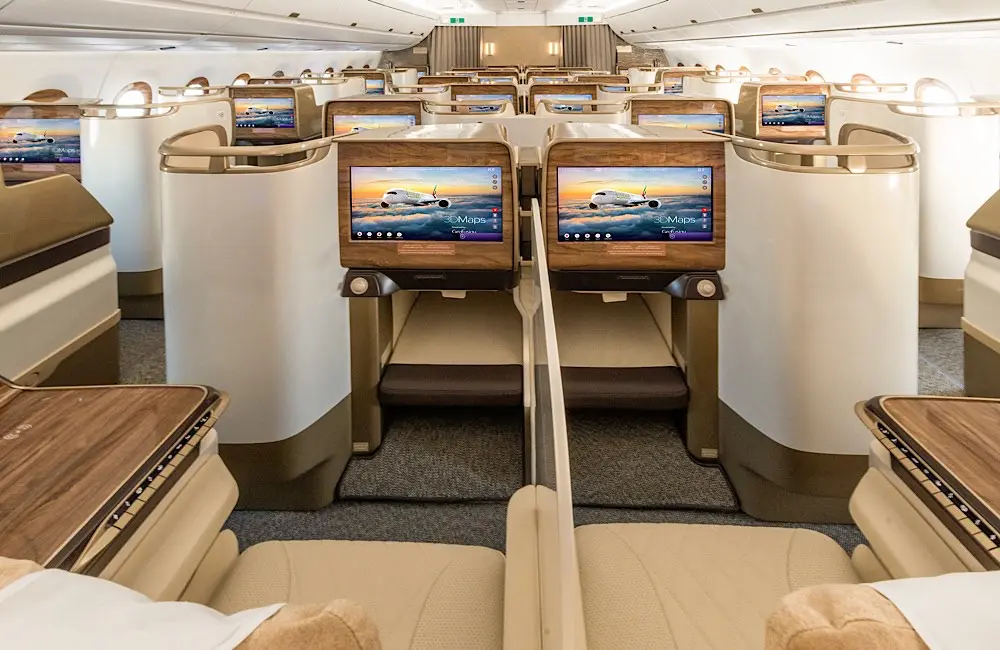
All cabins are equipped with the latest generation of Emirates‘ ice inflight entertainment system, powered by Thales’ AVANT Up platform. According to Emirates, this will allow for faster performance and higher-resolution screens.
High-speed inflight Wi-Fi will also be available across all classes, thanks to GX satellite connectivity provided by Inmarsat.
The cabin design incorporates soft ambient lighting, higher ceilings, and larger overhead bins—features aimed at improving passenger comfort on long-haul journeys. The airline also confirmed a cabin air management system designed to reduce fatigue and improve humidity.
Where the A350s will fly first
Emirates has announced that initial A350 flights will serve short- and medium-haul routes in the GCC and MENA region. The rollout will expand to destinations in Europe and Asia, including links to Australia.
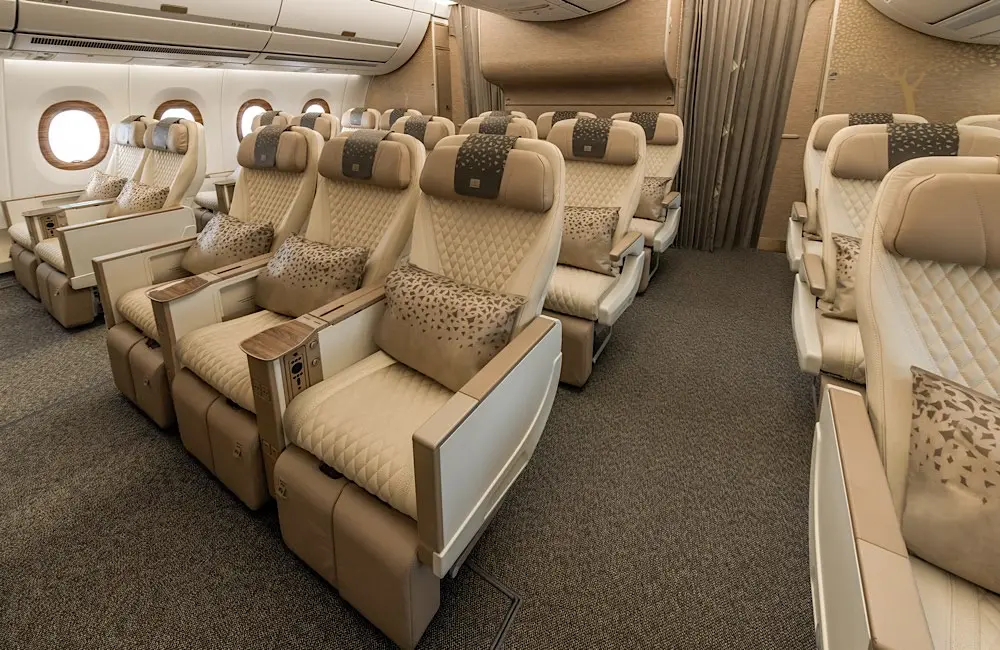
Specific Australian routes and schedules have not yet been confirmed, but Emirates has previously stated that the A350 is expected to enhance its capacity on longer routes and support network flexibility as it gradually retires older aircraft.
How the A350 fits into Emirates’ broader fleet strategy
The A350 is part of a larger Emirates fleet renewal program, which includes the addition of 65 A350-900s, 30 Boeing 787s, and 115 Boeing 777-9s and 777-8s. This multi-aircraft strategy is designed to increase network agility while maintaining capacity on high-demand long-haul routes.
The A350s are expected to play a complementary role alongside the larger A380s and the upcoming Boeing wide-bodies, particularly on thinner or new routes where operating the double-decker might not be viable.
Sustainability and fuel efficiency
The A350 is a next-generation aircraft built with lightweight composite materials, making it more fuel-efficient than older models in the Emirates fleet. According to Airbus, the aircraft delivers up to 25% lower fuel burn and CO2 emissions.
This aligns with Emirates’ stated sustainability strategy, which includes modernising its fleet to reduce emissions and improve overall operational efficiency.
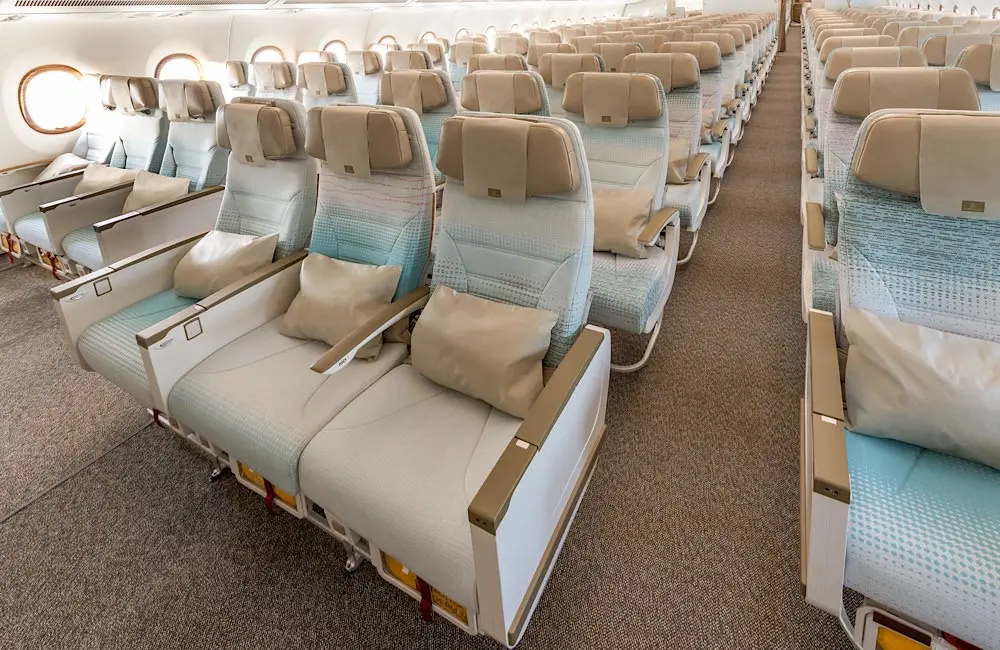
Agent takeaways: what matters most
For Australian travel professionals, the Emirates A350 debut signals several upcoming shifts:
- Product knowledge: The addition of sliding privacy doors in Business Class and enhanced inflight entertainment features are potential selling points for premium customers.
- Cabin configuration: With no First Class, the A350 offers a clear mid-tier option between Business and Economy, which may affect how agents position the aircraft to clients.
- Future route potential: While Australian routes have yet to be finalised, the eventual rollout will likely impact Emirates’ schedule to and from key cities like Sydney, Melbourne, and Brisbane.
- Fleet reliability: The A350 allows Emirates to diversify beyond the A380, giving agents greater confidence in long-haul scheduling as older aircraft are phased out.
KARRYON UNPACKS: With a sleek new cabin design and next-gen technology onboard, the A350 is positioned to meet evolving customer expectations while boosting operational flexibility. For agents, this means a new product to understand and eventually sell, with potential network impacts that could reshape premium travel from Australia in the years to come.



